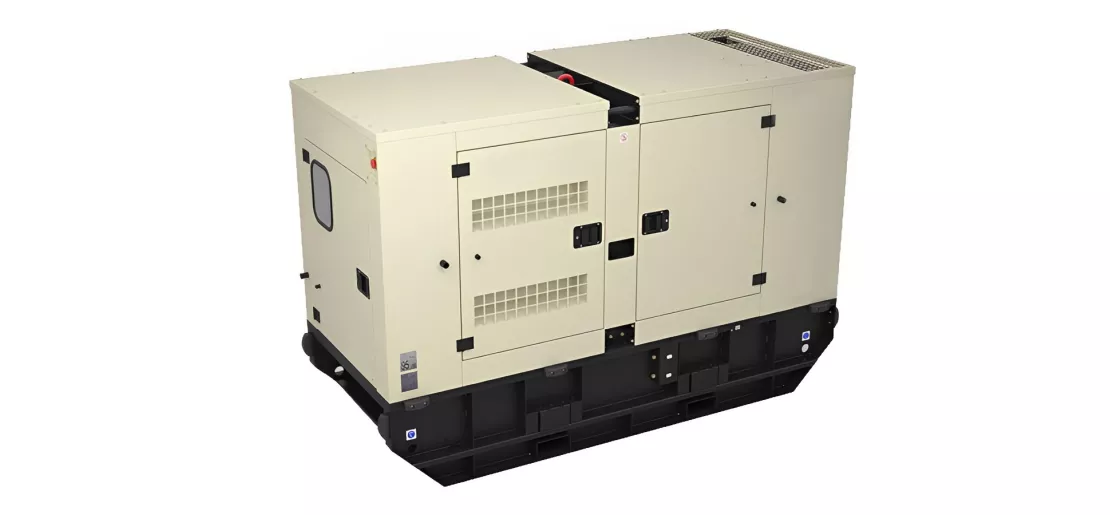
Generator sizing guidance and importance
The purchase of a backup Generator is becoming a necessity for many households suffering from frequent power loss, and families had to allocate a considerable amount of money to buy the suitable Genset.
In this article we are going to explain how to properly size a Generator and why purchasing the right one will not only allow households to save their economies but also, combined with a proper maintenance, will guarantee a longer operational life and the readiness to engage without failure during power cuts.
Wattage definition
In order to properly size a Generator, it is necessary to have some basic understanding of the electrical power or wattage of the tools or appliances intended to be powered:
The wattage is the amount of electrical power consumed and expressed in Watt (W) or in Kilo-watt (KW) which can be found on the specification’s sticker.
Some appliances are having different wattage values during the starting phase which can be two times or higher than the normal running wattage, and these are usually the ones fitted with a conventional electrical motor (for example the Air Conditioner, Fridge, Washing Machine...).
It is necessary to mention that starting and running wattage may vary from one brand to another even for appliances with similar capacities.
How to calculate the Generator capacity
The Generator capacity is generally expressed in KVA (kilo-volt-ampere) and in order to determine it, we have to divide the total appliance's wattage by a power factor which is a value related to the type of load (in general around 0.8).
Note that, whenever applies, the appliance's starting wattage is the one to be considered in the calculation of the total wattage.
Calculation Example:
Total wattage = 5000 W ; power factor = 0.8
Generator ratting = 5000 / 0.8 = 6250 VA or 6.25 KVA
Choosing the right Generator
For any Generator, there are two types of KVA rating which is a "standby" rating if the generator is operated as a back-up for the main line (not exceeding 1 hour per 12 hours), and a "prime" rating if Generator is used as a main source of electricity.
It is recommended by the manufacturer that Generator should not operate below 70% of its load capacity which means if the actual requirement is 70 KVA, the suitable Generator rating should not exceed 100 KVA.
The reasons for choosing the right Generator size
The perfect Generator should not be overloaded or underloaded, in fact, The nearer the Generator capacity to the actual wattage, the better!
And there are many reasons for that, in the case of an overload, the Generator won’t be able to provide the desired power output resulting in poor performance with excessive fuel consumption, also it can create an overheating issue that will eventually damage the generator on the long run, not mentioning the loud noises and excess exhaust smokes.
In the case of an underload, purchasing a Generator with a capacity higher than the actual requirements is simply a waste of money and space as well as higher KVA rating means bigger size.
Another issue related to operating the Generator underload for a long time is called "wet stacking", which is the appearance of a carbonized substance on the exhaust manifold and mainly composed of unburnt fuel accumulated overtime, and the reason behind the formation of this substance is due to fuel not reaching the desired temperature to be fully burned since a fewer fuel quantity is injected in the combustion chamber which created a lower fuel to air ratio.
The wet stacking can seriously damage the Generator’s engine as carbon deposits can build up inside the Combustion Chambers, Turbo, Injectors, Exhaust Valves and Manifold which will reduce significantly its performance and eventually will require to be overhauled.
